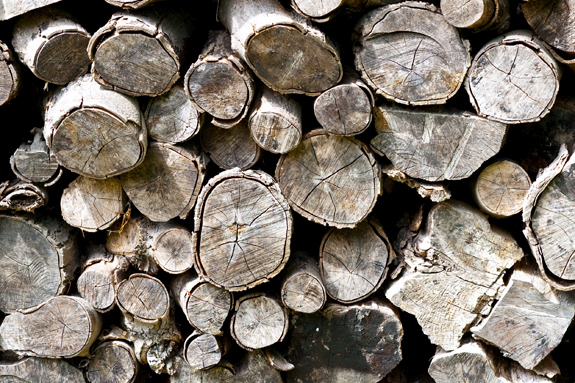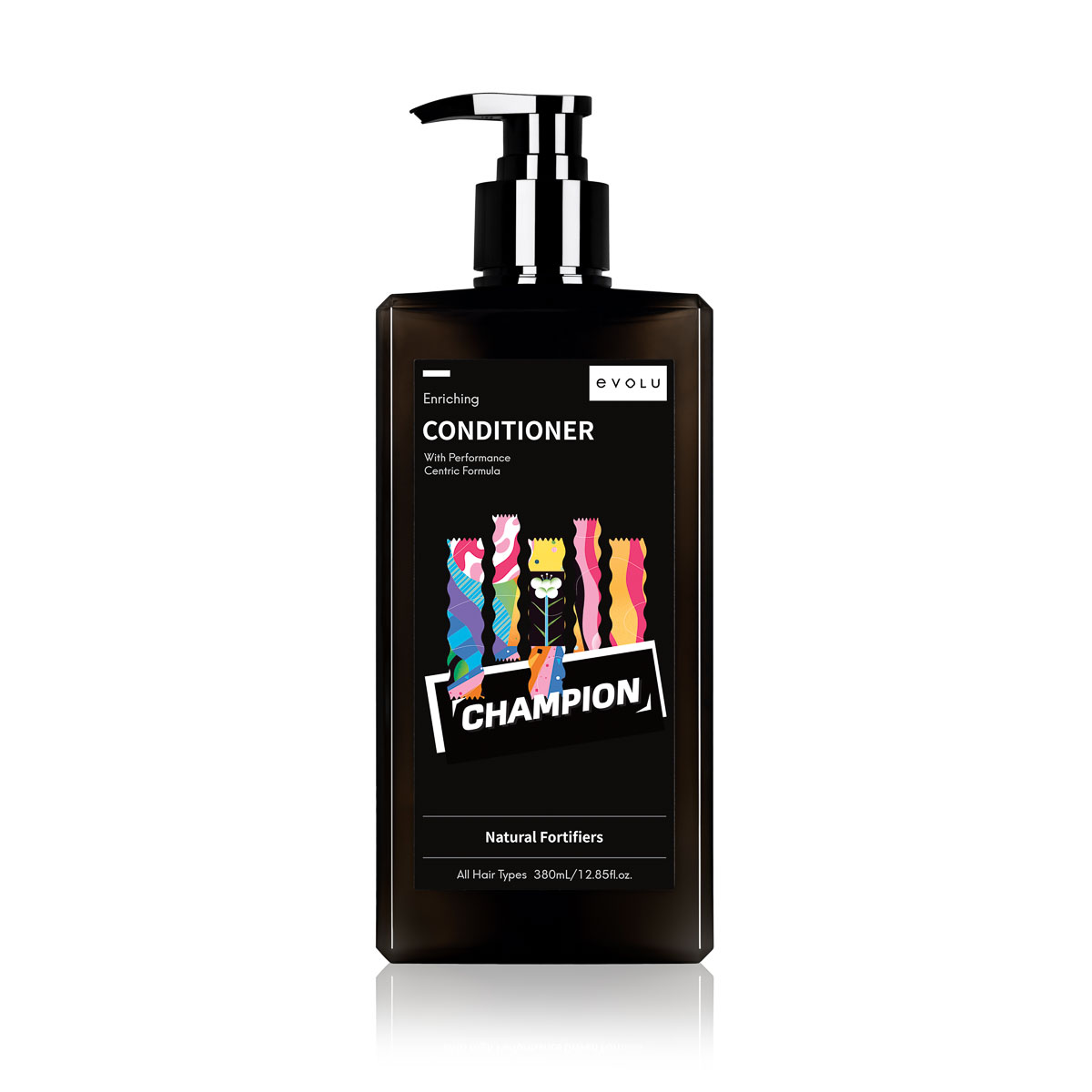Eco expert Andy Kenworthy reveals what you need to know before you hit the shops
Eco expert Andy Kenworthy reveals what you need to know before you hit the shops
Why we love wood
Wood can be one of the most eco-friendly materials to build with. As well as being reusable and recyclable, if used correctly it can be extremely strong and durable. Timber-framed buildings fared relatively well during the Christchurch earthquakes, especially when compared with older, badly designed steel-framed buildings that lacked reinforced masonry. But getting the right stuff can be a challenge. Here’s what you need to know to sort the wood from the trees.
Surprising and sorry facts
Our affection for wooden houses, furniture and decks shows up in our balance of trade. Last year we imported $200 million worth of wood and wood pulp products and exported $3.8 billion worth, so clearly this is no small issue for our country. But New Zealand’s history of wood use is not exactly a model of responsible management. After clearing huge expanses of our tremendously diverse ancient forests, we’re left today with a badly denuded landscape, soil erosion, a lot of choked-up rivers and very few native load-bearing hardwoods for our own use.
It’s estimated that by 1840 our forest cover had already been reduced from 85 percent to 56 percent. Then in the half century from 1860–1910 just under another 25 percent was destroyed, with most of the remaining wood sources being plantations of exotic species imported from overseas.
In more recent times we’ve too often relied on others acting in a similarly shortsighted manner to supply cheap tropical hardwoods for use in place of the native trees that were not replanted locally. According to the Nature Conservancy, the world has now lost more than half of its tropical rainforests to human-induced deforestation. The UN Food and Agriculture Organization estimates that in the last decade around 13 million hectares of forest were converted to other uses or lost through natural causes each year. That’s an area about half the size of New Zealand.
As well as threatening the immediate future of the people and animals that rely on forests for their survival, this process is also responsible for between ten and 25 percent of humanity’s greenhouse gas emissions – depending on which study you check. Properly managed woodlands, on the other hand, can help restore wild places and wildlife, as well as employ carbon dioxide in its rightful business of growing green stuff instead of destabilising the climate.
Wood to buy – and avoid
The good
Bamboo
Bamboo’s sustainability secret is that it is actually a mega-grass rather than a tree; it regrows rapidly when cut and so does not need to be cleared to be harvested. It’s best suited to flooring, furniture and fencing. Ideally, hunt out local suppliers to cut down on the transport impact.
Macrocarpa
Although the term has come to mean any member of the cypress family, most of what’s grown as macrocarpa in New Zealand stems from a US species known as Monterey cypress. It was introduced here in the 1860s, and is grown in plantations and shelter belts. Look online for local suppliers and Forest Stewardship Council (FSC)-certified options.
New Zealand Oregon Pine
Also known as Douglas fir, this is an exotic species from the US that’s now grown in plantations in New Zealand. Check out the Douglas-fir Association (www.douglasfir.co.nz) for more. All their woodlands are third-party certified for sustainability, usually with the FSC.
Untreated New Zealand Pine
How sustainable pine is in New Zealand depends on what you are comparing it with. Clearly pine plantations are not as biodiverse as the native forests they have often replaced, but are better for wildlife, preventing soil erosion and the mitigation of greenhouse gas emissions than open land. Using pine from New Zealand’s managed plantations also avoids all the problems of imported timbers. Untreated, it is really only suited to indoor use.
The bad
It pays to be extremely wary of any hardwood from problem plantations and forestry concessions in Southeast Asia and the tropics, as well as woods sourced closer to home in the Pacific.
FACT #1
China is a major re-exporter of wood from Asia and Russia, where illegal logging is rife. It’s likely a lot of illegal wood ends up in New Zealand
Kwila
The kwila imported into New Zealand is mostly sourced from the rainforests of Indonesia and Papua New Guinea, where widespread illegal logging is fuelling rapid deforestation, corruption and the loss of iconic species such as the orang-utan. The tree itself is listed as vulnerable by the authoritative International Union for Conservation of Nature. Best avoided completely.
Fijian Kauri
Deforestation is a consistent and ongoing problem for Fiji, where there are also significant illegal logging activities. This is placing the local environment and some endangered species at risk. Until sustainably certified Fijian kauri is available in New Zealand, best to steer clear.
The average
Rimu
Native to New Zealand, most rimu now available is from carefully managed private forests. Rimu can be legally produced only from forests managed to maintain continuous forest cover and ecological balance. Trees take more than 200 years to mature and don’t easily regenerate in many forest sites. Illegal harvesting threatens the future of this iconic native tree, meaning it’s crucial to obtain proof that any rimu you buy is from a legal and sustainable source.
Teak
A tropical hardwood, most teak coming into New Zealand is from plantations in south Asia. Much of it is from the military dictatorship of Burma, which brings with it questions of human rights as well as a lack of environmental controls, so it pays to check teak’s origins and look for certification (see further down for more on forestry certifications).
FACT #2
About half of New Zealand’s furniture imports come from China, says a 2008 Consumer report. Vietnam is the second-largest source, followed by Malaysia and Indonesia; all have severe illegal logging issues
Western Red Cedar
Not actually a true cedar but a species of cypress, western red cedar is mainly sourced from Canada. This has a fair few kilometres on the clock by the time it gets here. There are also concerns that many of the industrial-scale logging outfits supplying western red cedar are contributing to the threats facing North America’s coastal rainforests and the impressive wildlife that lives in them.
According to Greenpeace there has been some conservation progress in the area, some joint ventures with First Nations indigenous peoples and increased use of plantations. But if the supplier can’t prove a sustainable source or show you an FSC or PEFC certificate for it, it’s best avoided.
Chemically Treated New Zealand Pine
It is one of our country’s bitterest ironies that after destroying most of our native forest and selling off the hardwoods uniquely suited to local conditions, we now grow non-native softwood radiata pine in enormous plantations, the timber from which has to be treated with toxic chemicals or ‘tanalised’ to be used outdoors. Today, New Zealand is one of the top three per capita users of treated timber in the world, alongside the USA and Australia.
Tanalising timber enables the use of our currently abundant fast-growing pine, which takes the pressure off imported hardwoods that may be the result of deforestation, as well as off New Zealand’s remaining native hardwoods, which might otherwise be over-harvested. It also allows wood to be used in place of concrete and steel, which have their own environmental issues.
The two most common tanalising processes use Light Organic Solvent Preservative (LOSP), which is based on white spirit, and Copper Chromium Arsenic (CCA). LOSP-treated radiata pine is also known as SuraPine, Vasol-treated pine, or Protim-treated pine, while CCA-treated pine can generally be identified by the light green tinge left by the copper.
Treating timber kills any fungus or insects that may live on the timber, as well as making it durable enough to use outside. These days the process is carefully controlled to avoid a direct or immediate threat to human health or the local environment. The downside? At the end of its usable life, treated timber becomes hazardous waste that cannot be burned without releasing toxic gases and has to be put into landfills.
FACT #3
Illegal logging is responsible for between 70 and 80 percent of Indonesia’s total timber production, up to 35 percent of Malaysia’s, and up to 40 percent of Vietnam’s, according to The World Bank
Two logos to remember

Forest Stewardship Council (FSC) is an independently audited certification scheme to identify wood products made by environmentally appropriate, socially beneficial and financially viable forest management. (It includes wood made into the paper Good is printed on.) FSC isn’t perfect, but it’s Greenpeace- and WWF-backed, and is the most recognisable standard.

Programme for the Endorsement of Forest Certification (PEFC) is similar to FSC, but is geared towards small forest owners, so by choosing PEFC products you may also be supporting smaller businesses. Watch out: many wood product companies make claims of holding an FSC Chain of Custody Certification. This allows them to market and sell only FSC-certified products, but doesn’t mean everything they sell is FSC. Other companies claim ‘some’ of their suppliers have FSC or PEFC certification. So check products individually to get the right stuff.
Stockists
The good wood
• www.kenwills.co.nz near Timaru crafts a range of furniture from recycled rimu, and offers a 15 percent discount on furniture made with recycled materials from the Christchurch earthquake.
• www.woodzone.co.nz in Clevedon has a range of furniture crafted from ex-demo recycled rimu, complete with nail holes and knots. The timber is sourced from old buildings and you can usually ask which one it came from, which makes a good conversation point!
• www.kauriwarehouse.co.nz in Otahuhu supplies and fits recycled hardwood flooring and recycled Australian hardwood beams.
• www.thetimbersource.co.nz stocks independently certified FSC pure kiln-dried massa (Pacific jarrah) decking.
• www.bambooflooring.co.nz offers a range of flooring products, with FSC-certified options. All are finished with top-quality German Treffert or Klumpp solvent-free and VOC-free coatings, with no emissions, formaldehyde, pesticides, herbicides or phthalate plasticisers.
All adhesives meet the European E1 environmental standards for off-gassing.
It’s even ‘panda-friendly’, as pandas do not eat the MOSO species of bamboo used for the flooring!
• www.bambusero.co.nz offers hand-crafted fences, furniture and accessories, mostly from locally sourced bamboo.
• www.timspec.co.nz supplies FSC-certified kwila.
• www.poynters.co.nz stocks the Karpenter outdoor range in FSC-certified recycled teak.
Andy’s tips
• How to prevent the destruction of native forests? Stop paying people to carry it out on our behalf. The best way to promote sustainable forest management, forest-based livelihoods and the ecological regeneration of forest areas is to buy wood from properly managed sources. Similarly, if we want more native trees grown here, buying native timber from reputable sources will help.
• One of the best ways to get ethical wood products is to buy second-hand or recycled materials. But be wary of imported furniture or wood that makes unverified claims to be ‘recycled’. It’s impossible to check how much of it, if any, is actually recycled material, and many savvy companies have realised there are substantial profits in attracting conscientious consumers. The way around this is to look for certification logos.
Why we care what Andy thinks
Andy Kenworthy is one of New Zealand’s top writers on sustainability, business innovation and global wellbeing. He has worked as a researcher and writer for major non-profits including WWF and Oxfam, travelling from Borneo to the Amazon via conflict zones in Angola and Colombia. He runs marathons to relax, is a father of two and attracted his lovely wife while selling didgeridoos at a music festival. For more, go to www.facebook.com/AndyKenworthyWriter
Want more?
Go to www.good.net.nz/goodwood for Greenpeace’s Good Wood guide: an eco take on the sustainability, or otherwise, of major wood species and ways to find certified sources of a variety of wood products.







